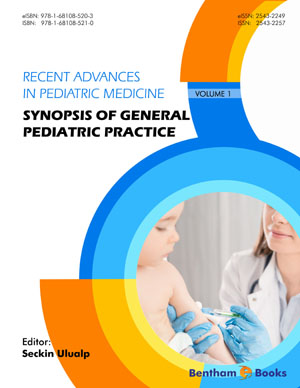Abstract
Graves’ disease (GD) is the most common cause of hyperthyroidism in children and adolescents. It is an autoimmune disorder, caused by immunologic stimulation of the thyroid stimulating hormone receptor (TSHR). Thyrotropin stimulating immunoglobulin (TSI) binds to TSHR and leads to thyroid hormone overproduction. Clinical features include fatigue, tremors, palpitations, heat intolerance and poor school performance. The diagnosis is by findings of increased heart rate and goiter in the setting of suppressed thyrotropin stimulating hormone and elevated free thyroxine. Radioactive iodine uptake and serum antibody measurements help to determine the cause of hyperthyroidism. Treatment options for GD include antithyroid drugs, radioactive iodine or surgery. Lasting remission occurs in 15 to 30% of children with GD. Thus, a majority of children will require definitive therapy with radioactive iodine or thyroidectomy. A discussion of advantages and risks of each therapeutic option is essential to help the patient and family select a treatment option.
Keywords: Adolescents, Children, Graves’ disease, Hashitoxicosis, Hepatotoxicity, Hyperthyroidism, Methimazole, Radioactive iodine, Radioactive iodine uptake, Thyroidectomy.

















